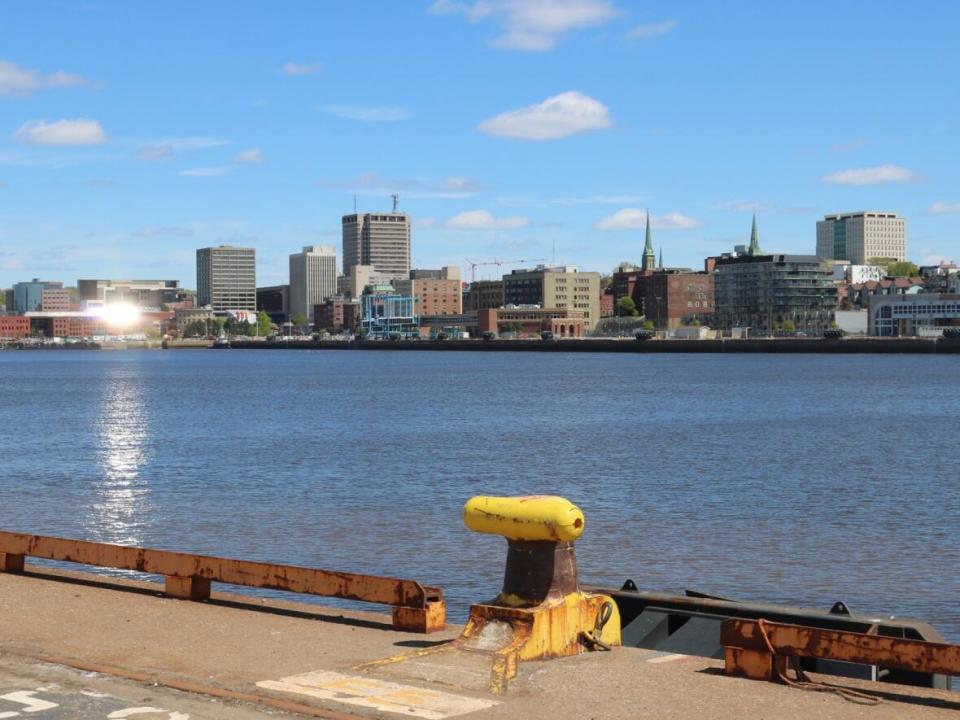From washer to ocean: Saint John nonprofit wants people to know how microplastics travel

When doing laundry, people worry about shrinking sweaters and running colours.
What they likely don't think about is the plastic microfibres going from their washing machines to the waterways in their area.
Environmental nonprofit ACAP Saint John is trying to educate people on the matter by hosting workshops and collecting samples from the area's water bodies.
Microplastics are little pieces of plastic that break down over time and end up in oceans.
The most common type are microfibres shed from clothing made from polyester, nylon and acrylic, which are forms of plastic. These synthetic fibres get flushed into waterways every time we wash our clothes, said Shauna Sands, conservationist with the organization.
We're not going to solve this [as] individuals alone. It will require a change across scales and across industries. But at least we can just be more aware of what we're doing. - Shauna Sands, conservationist
Sands said the organization is holding a virtual workshop this week where people will be given a tool that connects to their washing machines and traps the microfibres before they enter the waterways.
She said they purchase 30 units of the filter, called Lint LUV-R, from a Nova Scotia company using grants from the federal and provincial governments. The people who participate can be testers of the tool, she said, providing more data to the organization.
"This particular filter catches 65 to up to 85 per cent of the microfibres that are shed off of our clothes," she said.
Sands said it's important to hold these workshops to increase awareness, but individual changes are only one part of a larger solution.
"We're not going to solve this [as] individuals alone. It will require a change across scales and across industries," she said. "But at least we can just be more aware of what we're doing."
Microplastics, microplastics everywhere
In a study in 2018, she said they've detected microplastics in all of Saint John's waterways, including the inner and outer Saint John Harbour.
"It was too hard to say to really quantify the amount of plastics that might be in the harbour," she told Information Morning Saint John. "But we do know that there is presence of microplastics."
She said scientists across the world are researching the effects of these plastics. Since it's a relatively new discovery — the terms microplastics was coined in 2004 — the exact effects of these plastics is not yet known. But what we do know, Sands said, is they've been detected in the deepest part of the oceans, and all levels of the food chain.
"It's estimated that an average household load of laundry can shed up to a thousand to a million microfibres in a single wash," she said.
Focusing on local research
ACAP Saint John is working with a Nova-Scotia based organization called Coastal Action to collect more samples and identify the kinds of plastics in the waters of the St. John River watershed and the Kennebecasis River, Sands said.
According to Coastal Action, the project is funded by the federal government and will take place between 2021 and 2023.
The goal of the project is to assess the amount, type and impact of microplastics in the Gulf of St. Lawrence and the St. John River watershed.
The project will focus on finding out what happens to blue mussels when they eat the plastics.

